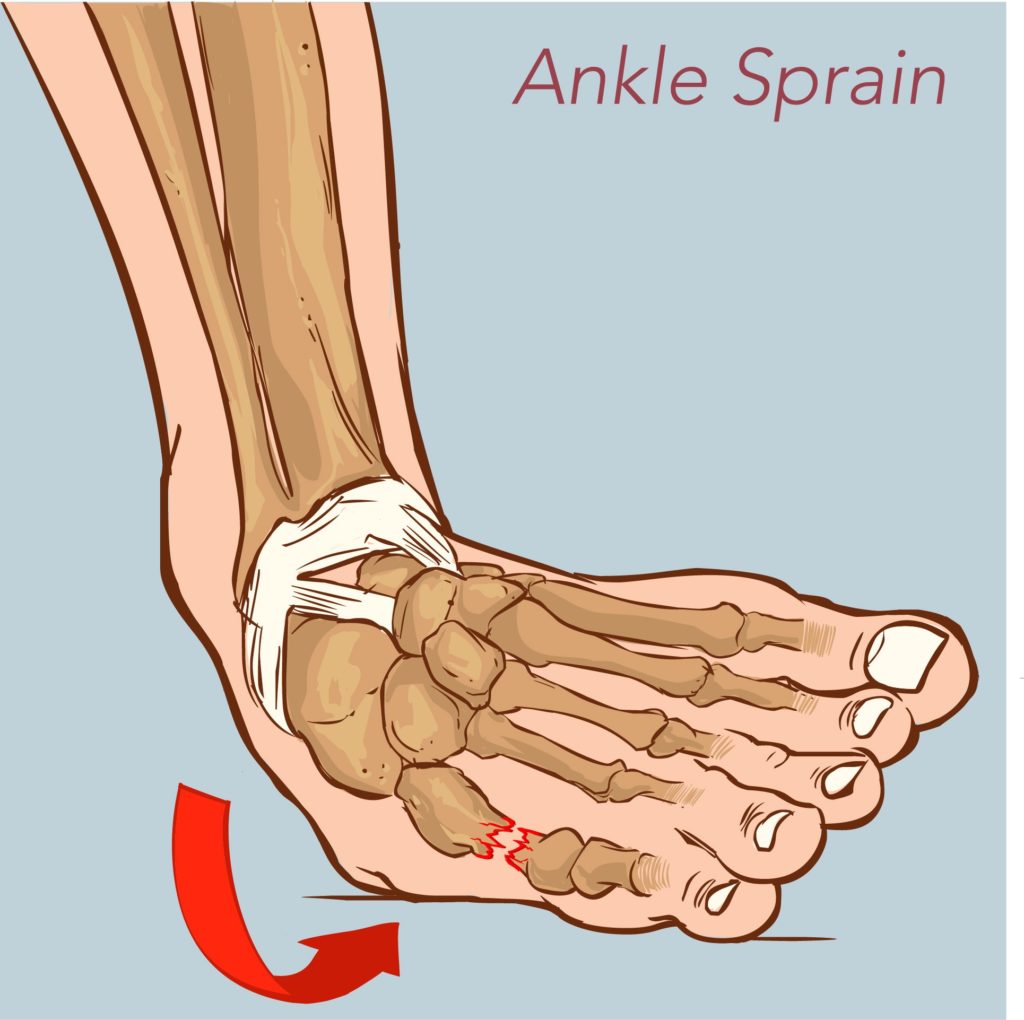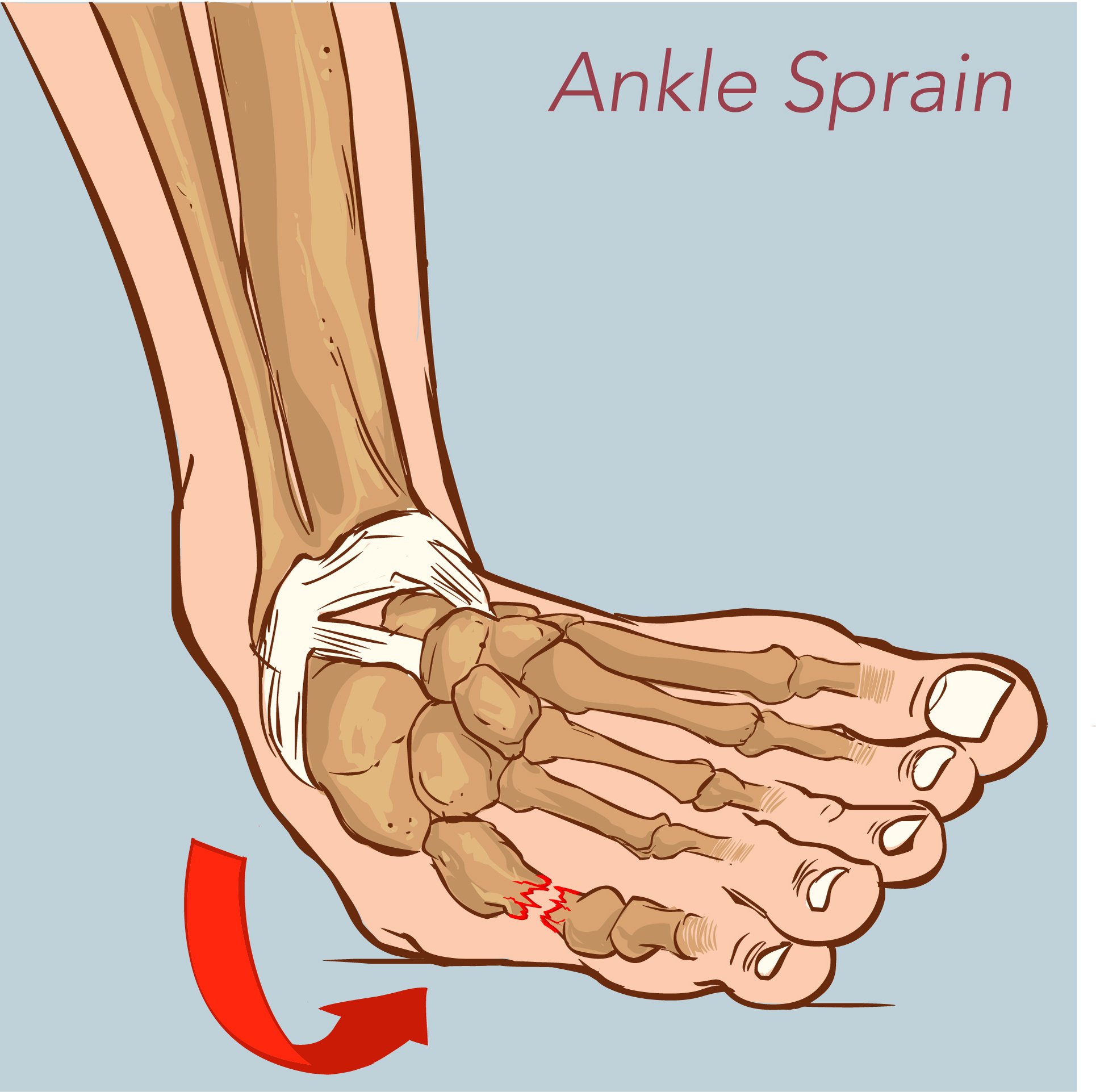
If you suspect that you may have sprained your ankle, you should seek a professional opinion as soon as possible. Doctors like Alex Yanovskiy, DPM will give you the correct diagnosis.
When you visit your doctor, they will give you a physical exam; they will examine your lower leg, ankle, and foot. They will also examine the area around your injury and look for signs of tenderness, pain, or discomfort. They may offer treatment depending on the severity of your problem.
The possible imaging scans for diagnosis include:
X-Ray
With this treatment option, your doctor will use some radiation to come up with images of the bone in your ankle. An x-ray is great for ruling out the possibility of bone fractures.
CT Scan
A CT scan helps your doctor view certain joints in detail. In a CT scan, they can take x-rays from multiple angles. They combine them to get 3-D or cross-sectional images.
Ultrasound
Your doctor may use ultrasound during your treatment. The treatment option uses sound waves to produce images. Your doctor will use those images to determine the condition of your tendon or ligament.
Treatment Options
If you have been diagnosed with a sprained ankle, your doctor will recommend a solution that suits your needs. The treatment you receive will depend on the extent of your injury. It may help you promote healing, reduce swelling, and regain function.
They may recommend certain self-care options to promote quick results. The basic one is using the R.I.C.E approach. It stands for rest, ice, compress, and elevate. While your ankle is still healing, try to rest it as much as possible. Minimize movements that could cause pain or discomfort. Place an ice pack on the injured area for about 20 minutes every two to three hours. The best time to use an ice pack is immediately after you are injured. However, this may not be a good option if you have diabetes or vascular disease.
Compressing the injured area helps you minimize swelling. Use an elastic bandage to compress the injured area until swelling stops. Elevating the injured area may also minimize swelling. Elevate it to a position above the heart to facilitate the draining of excess fluid which may cause swelling.
Rehabilitation
All ligament injuries require rehabilitation. It ensures that your ankle heals fully and minimizes the chances of re-injury. The rehabilitation process is the same regardless of the extent of your injuries. There are three major steps to consider.
- The first phase is to rest and protect your ankle from further injury and swelling.
- Then you must try to restore your ankle’s strength, flexibility, and range of motion.
- You should slowly get back to regular activity followed by doing maintenance exercises
Once your ankle is fully rehabilitated, your doctor will prescribe the appropriate exercise routines to improve your coordination, flexibility, strength, and balance. After some time, you may walk, run, or play sports.
If you have a sprained ankle, you must seek the opinion of your doctor as soon as possible. After diagnosis, they will help you find the best treatment option.
